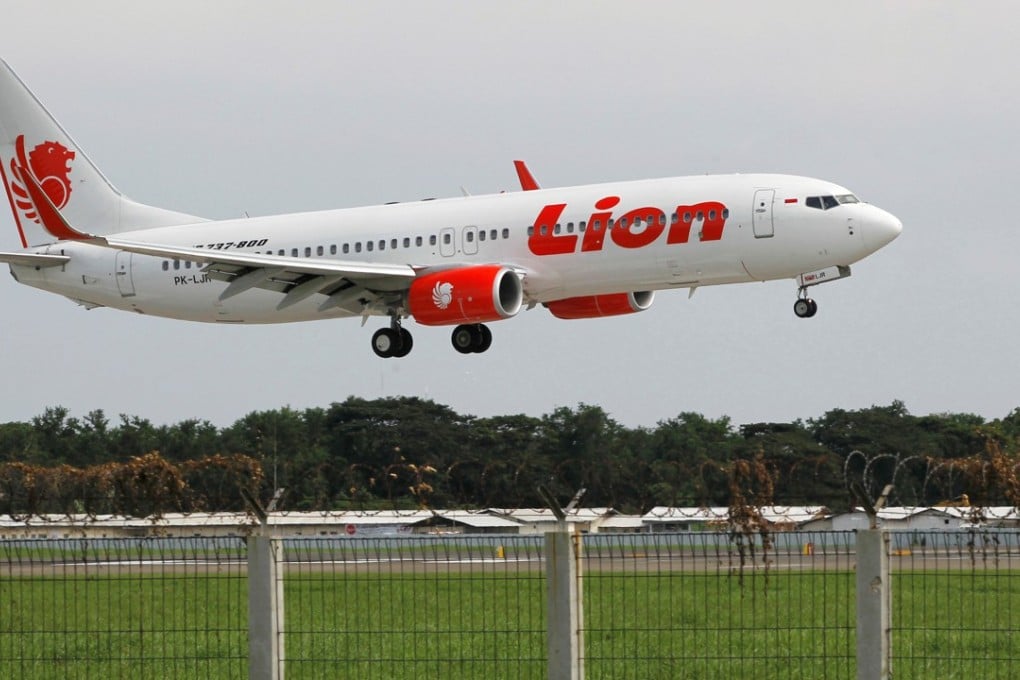Pilots of doomed Lion Air flight may have been befuddled by safety system designed to prevent errors
- Causes of October 29 crash, which killed 189 people, still being investigated by teams from Indonesia, Boeing and the US National Transportation Safety Board
- Boeing has been well known in aviation world for design philosophy that gives pilots significant authority over the aircraft’s flight controls

Moments after taking off from Jakarta, the pilots flying Lion Air 610 realised they were losing control of their 737 Max jetliner, the newest, most fuel-efficient and most automated model of Boeing’s mainstay aircraft.
The jetliner’s nose unexpectedly pointed down, sending it into a series of 26 dives at less than 5,000 feet. Toward the end, the pilot pulled back on the control yoke with all his might to bring the nose up, but the plane entered a death dive into the Java Sea. The crash, 11 minutes after take-off, killed 181 passengers and eight crew members.
The causes of the October 29 crash are still being investigated by teams from Indonesia, Boeing and the US National Transportation Safety Board. The investigation is examining the role of software intended to protect against pilot errors that have caused several deadly crashes around the world and whether the crew understood the system. When the aircraft’s flight control system malfunctioned, the pilots didn’t know that flipping a single switch in the cockpit would counteract the problem.
“They never pulled out of a mode of confusion and panic,” said Hans Weber, a San Diego air safety expert and retired aerospace executive. As the aircraft’s automated flight control system kept pushing the nose down, no matter how hard they tried to pull up, “they didn’t have enough leverage,” he said. “It seems crazy.”
The accident involved many factors, including poor maintenance, inadequate pilot training and not reporting previous problems on the same aircraft, but the automated system’s failure is a focus of the investigation.
Boeing has been well known in the aviation world for a design philosophy that gives pilots significant authority over the aircraft’s flight controls. In contrast, European manufacturer Airbus’ jetliners are highly automated, limiting what pilots can do to adjust controls.
They never pulled out of a mode of confusion and panic … It seems crazy
But in a departure from its normal practice, Boeing inserted in the 737 Max software intended to prevent pilots from pulling up the nose of aircraft when they should push it down to counteract stalls and vice versa. Fatal crashes have occurred when pilots didn’t heed stall warnings.